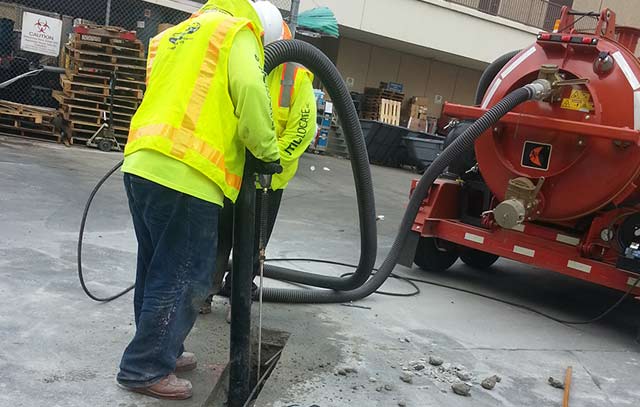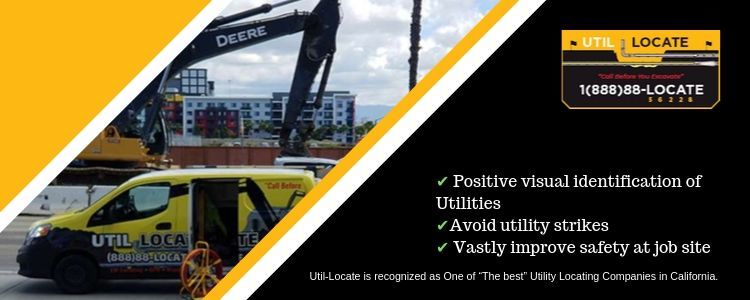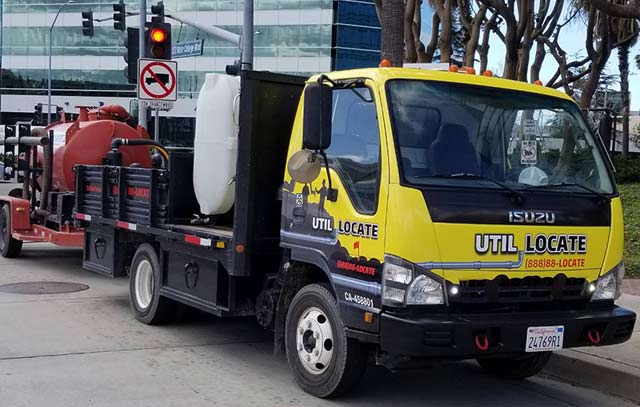The work involved in exposing underground utilities can be intricate in nature. There is a lack of vision, due to the infrastructure being underneath the ground, meaning that accurately locating the target piping or cabling is difficult. This problem makes it incredibly important to gather as much intelligence as you can on the area in which you are working.
Finding underground schematics for the area is one of the first things that should be done when preparing to start work on a new site. The responsible contracting company that installed the infrastructure will have created detailing documentation for workers to use when performing repairs on the piping and cabling laid beneath the ground. You can use this information to speed along your utility potholing process. Read more about potholing construction.
Trenching for Repairs
Trenching is something that can be avoided by using vacuum excavation contractors. However, in some instances, it may be necessary to dig a trench to access the subsurface infrastructure. The proper definition of a trench, defined by the Occupational Safety & Health Administration, is a narrow excavation beneath the ground that is deeper than it is wide while being no wider than 15 feet.
It is crucial to have a competent person perform a survey of the area, aiming to find out the types of soil and rocks in the ground, as well as inspecting your protective systems and conducting regular site inspections. This person will be required by law to inspect trenches at the start of each shift, as well as following a rainstorm.
It is essential to decipher the type of ground materials you are working with, as this can affect the precautions you need to take before starting work. Some important factors that should be taken into account include the soil classification, water content of the soil, use of heavy digging equipment, depth of cut and other changes which can be caused by weather and climate. According to the Occupational Safety & Health Administration, or OSHA website, there is a range of safety precautions that need to be taken when trenching. The most common threat when trenching is the risk of collapse, which can result from the surrounding ground materials being too weak to hold up machinery and other items.
Generally, unless the excavation is performed in entirely solid rock, you will need to have a trench protection system in place. The first is called Sloping, which involves cutting the trench wall back at an inclined angle to ensure that debris does not fall into the trench. The second method is called Shoring and requires more work, such as the installation of support, items such as an aluminum hydraulic to prevent soil movement and cave-ins. The third and final method is Shielding, which protects workers by using trench boxes or other types of support that avoid soil cave-ins.
Overall, trenching and excavation are some of the most hazardous construction operations that you can undertake. This danger is why it is critical to take the necessary precautions to ensure the safety of workers on-site.



